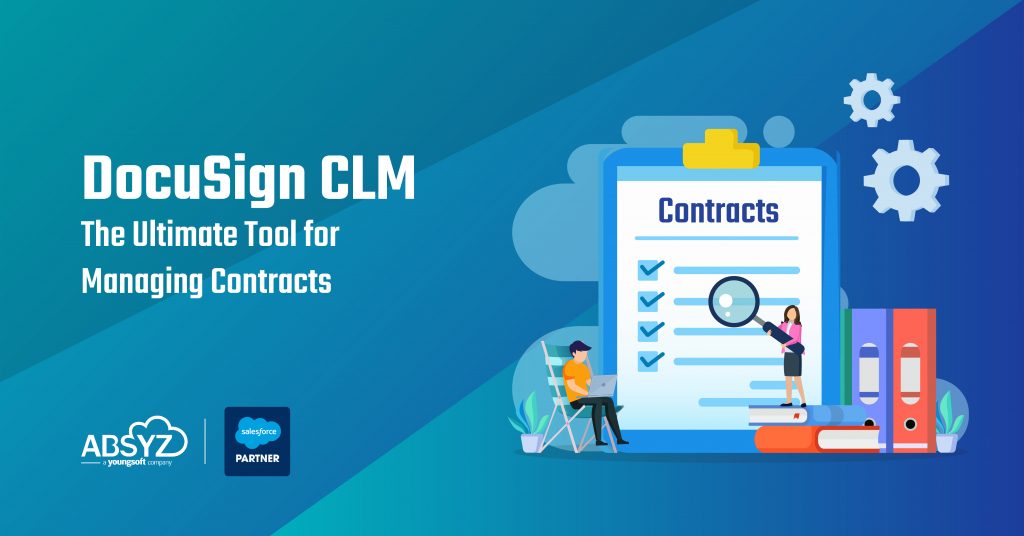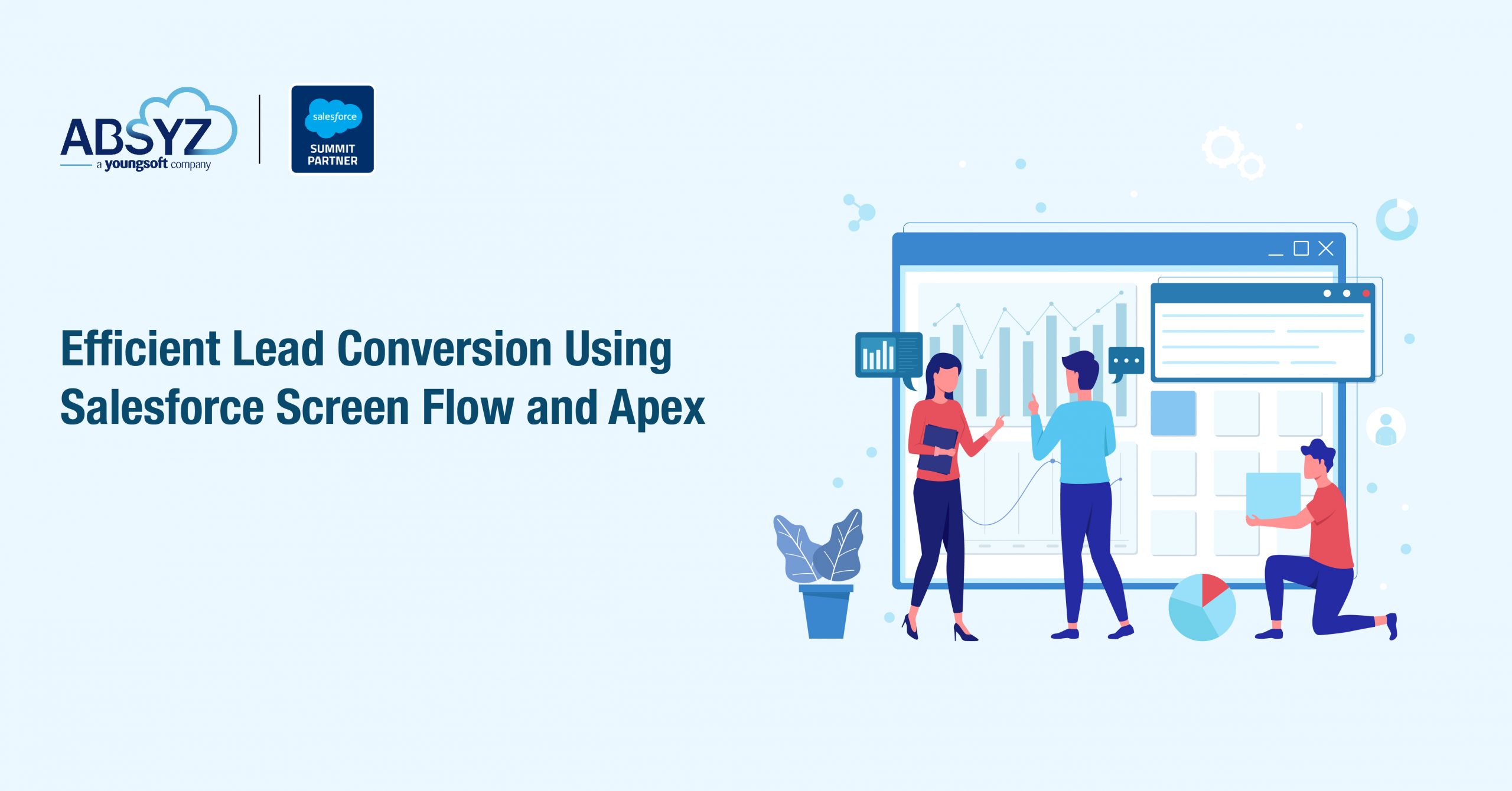We explored DocuSign in our last blog post, and in this blog, let’s focus on DocuSign CLM (Contracts LifeCycle Management) and contract management automation.
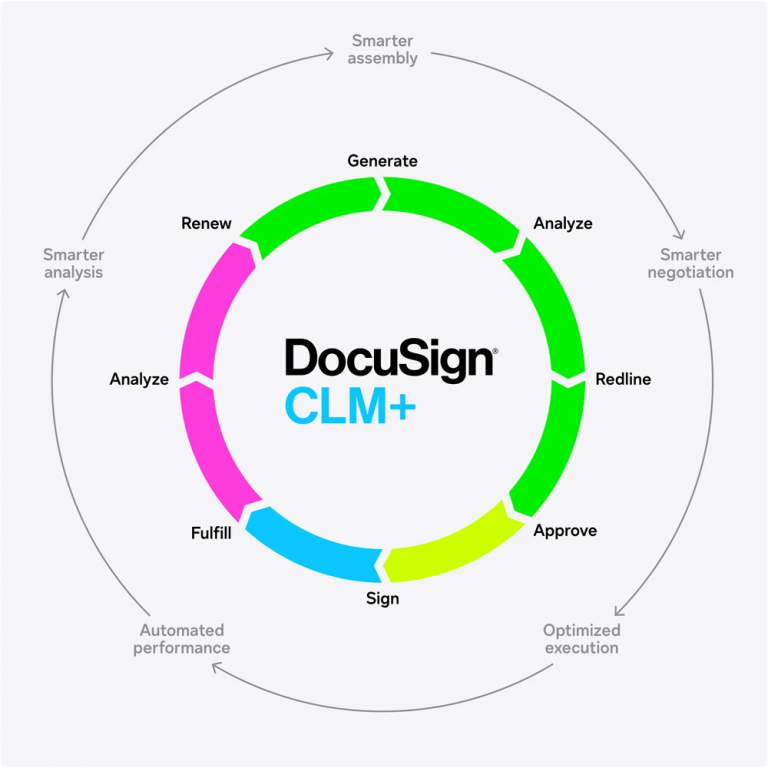
Source: DocuSign
Effective contract lifecycle management (CLM) is essential for maintaining compliance, reducing risk, and streamlining business processes in today’s demanding business environment. DocuSign CLM offers a complete platform for automating and overseeing the creation, negotiation, signing, and renewal of contracts. In this blog, we will explore the features of DocuSign CLM and provide an overview of the workflow automation process.
Understanding DocuSign CLM
A robust platform, DocuSign CLM, has been developed to simplify and streamline contract management. It offers an integrated solution for digital transaction management that seamlessly integrates with other DocuSign products.
Among the most important characteristics are:
1) Automated Workflows: Automate processes for approval, repetitive operations and reduce manual labour and human mistakes.
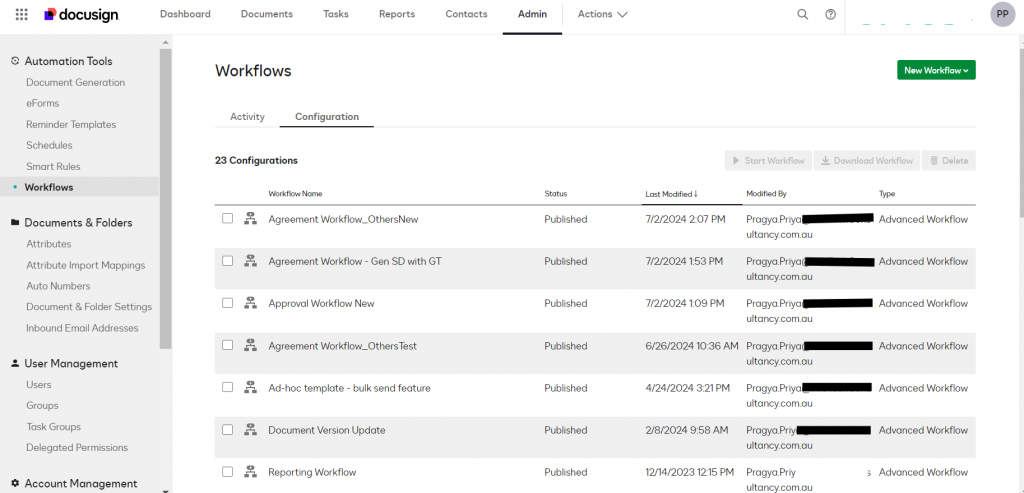
2) Centralized Repository: Manage every contract in one safe spot with contemporary search features.
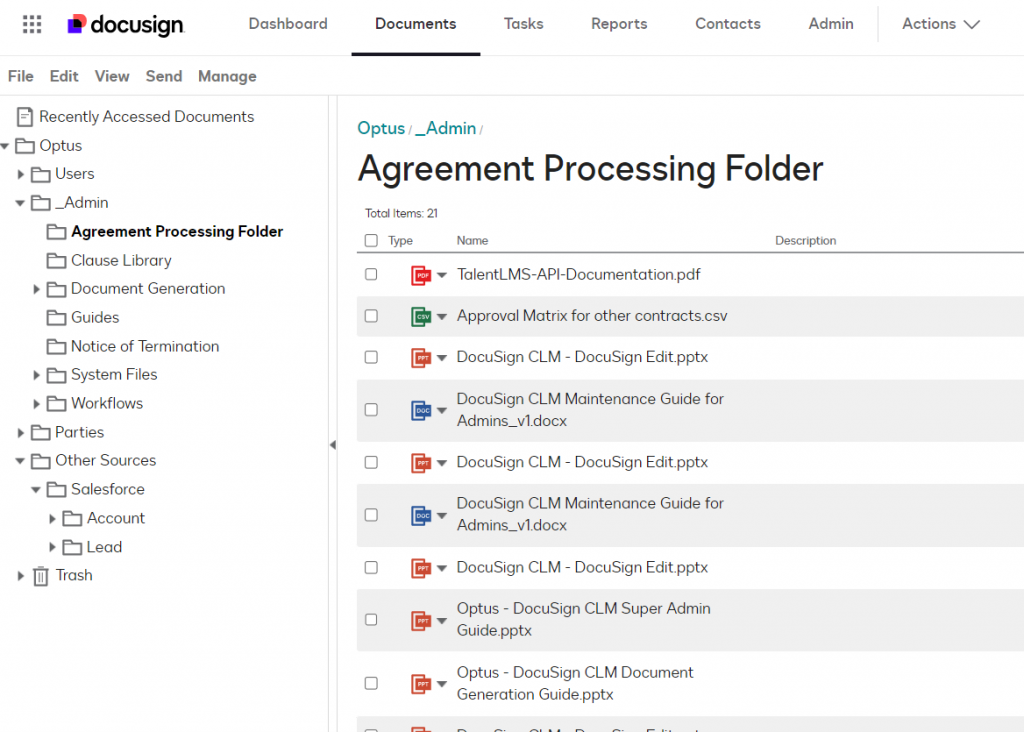
3) Advanced Analytics: Find blockages and acquire insights into contract performance.
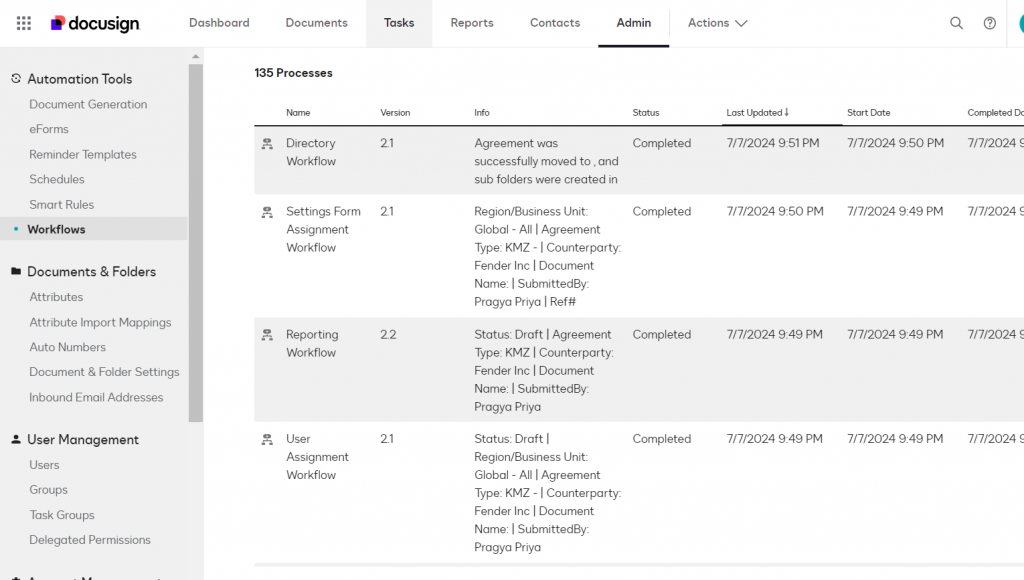
4) Version Control: Keep the history of all contract versions and maintain track of modifications.
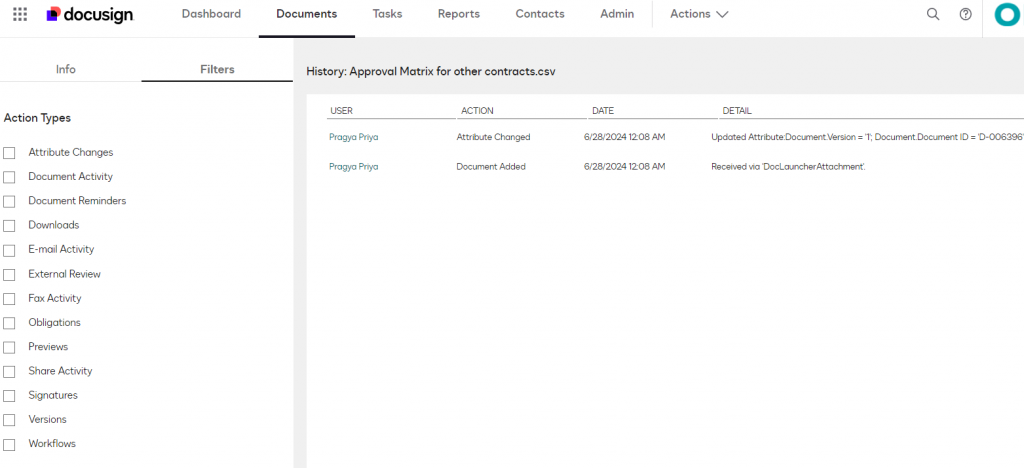
5) Compliance and Security: With integrated compliance tools and safe access controls, ensure that contracts adhere to regulatory requirements.
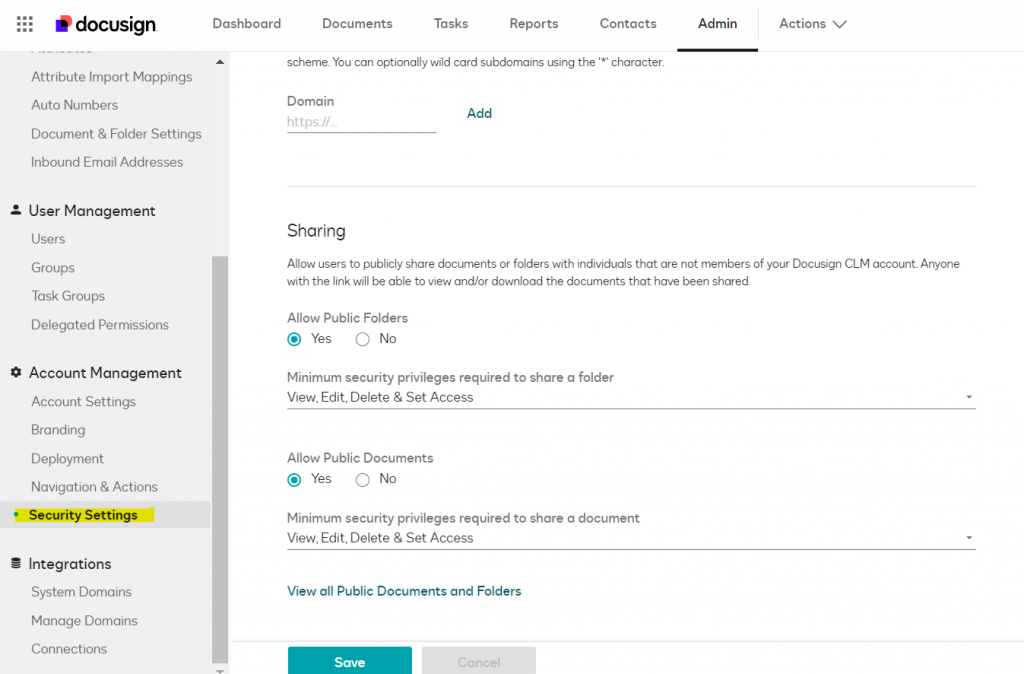
DocuSign CLM Implementation for Workflow Automation
There are numerous essential phases to implementing workflow automation in DocuSign CLM. Here is a comprehensive process to get you going:
1) Analysis and Planning
Initially assess your existing contract management process. Determine the regions that require automation, the repeated tasks that cause hardship, and the pain points. Establish your targets and goals for implementing DocuSign CLM into action.
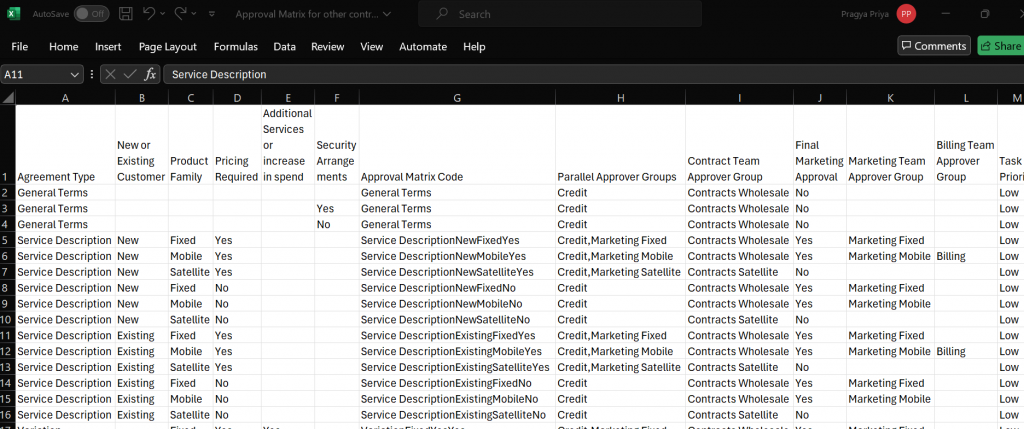
2) Workflow Structure
Build your automated workflow with the requirements in mind. This involves outlining every stage of the contract lifecycle, from creation to expiration.
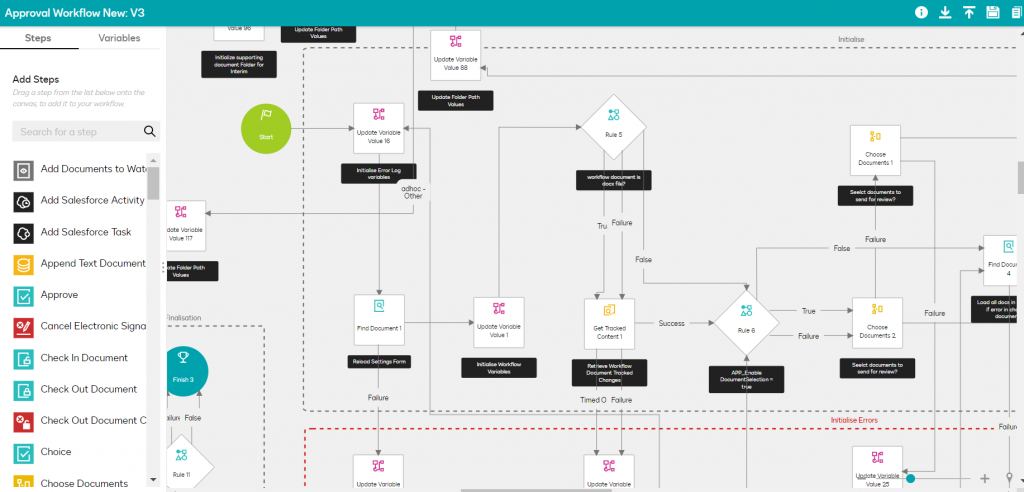
Take into account the following components:
Triggers: Specify the events that start the procedure, such as the establishment of a contract or its renewal date.
Tasks and Approvals: Evaluate which tasks require automation and the hierarchy of approvals.
Alerts & Notifications: Configure notifications and alerts for important dates and deadlines.
Document Generation: Build typical contract templates automatically.
3) DocuSign CLM Configuration
Set up a DocuSign CLM based on the process that you have in consideration.
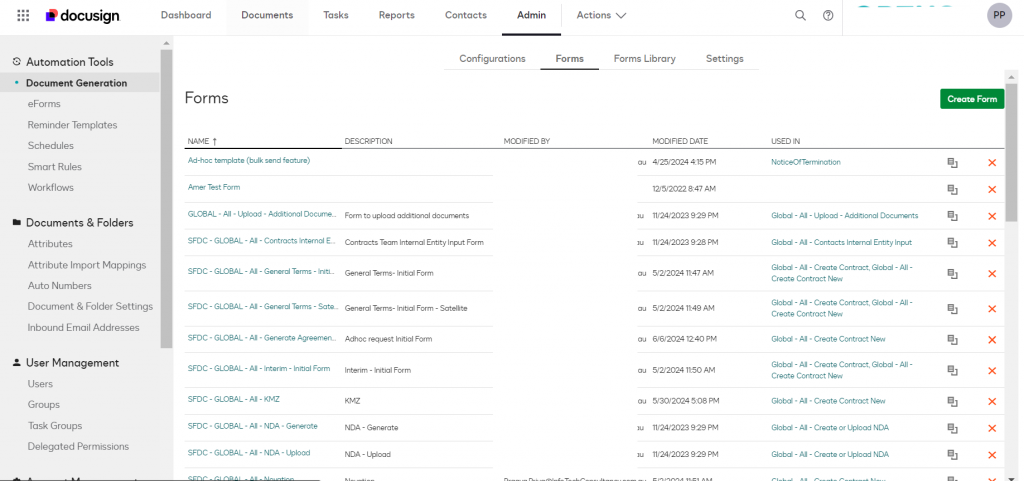
This action includes:
Setting Up Templates: To standardize document generation, build and alter contract templates.
Defining Roles and Permissions: To ensure that only authorized users may view and edit contracts, and assign roles and permissions.
Integrating with Existing Systems: For seamless data flow, integrate DocuSign CLM with your current ERP, CRM, or other business platforms.
The advantages of using DocuSign CLM for automated contract lifecycle management
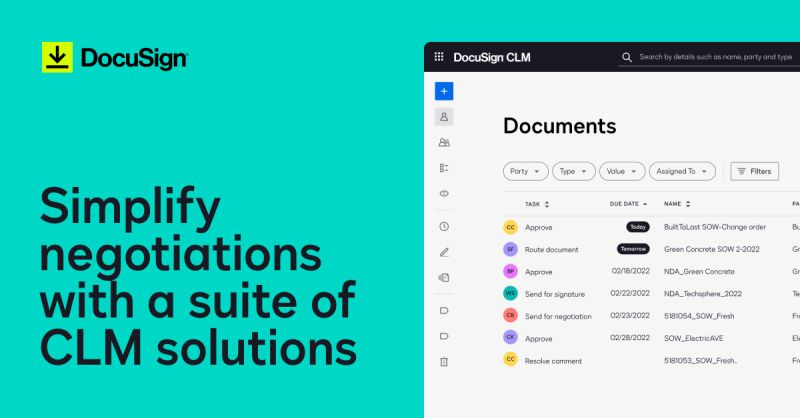
DocuSign CLM automation for CLM has the following advantages:
● Enhanced Efficiency: Decrease the time it takes to handle contracts by eliminating manual labour.
● Better Compliance: Use automated audits to ensure contracts adhere to legal requirements.
● Enhanced Visibility: Get the latest updates on the performance and status of your contracts.
● Minimize Risk: You can lower errors and guarantee consistency by using standardized templates and procedures.
● Improved Collaboration: Use automated approvals and notifications to make it simpler for stakeholders to collaborate.
In summary
Automating contract lifecycle management with DocuSign CLM can completely change your organization’s strategy for managing contracts. By adhering to a systematic implementation procedure and using the platform’s robust capabilities, you can boost the effectiveness, compliance, and control of the contract management process. With DocuSign CLM, get started on the path to better contract administration now.

